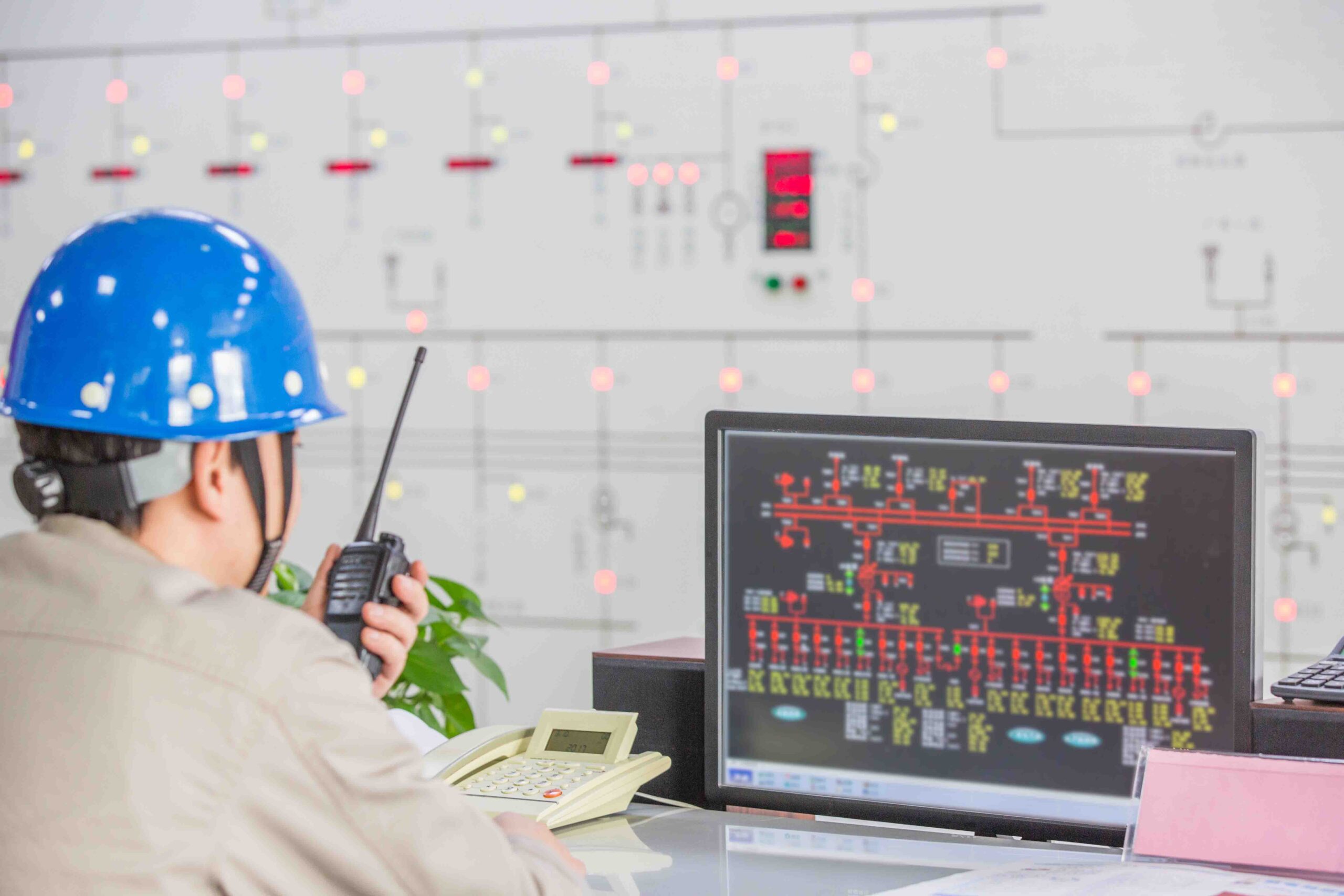
If you work in the power transmission and distribution industry, you know how critical it is to ensure the reliability and safety of your cables. Regular cable testing is necessary to detect any defects or weaknesses before they cause significant problems. One of the most effective testing methods available today is very low frequency (VLF) testing, which allows for non-destructive testing of cables up to 132 kV.
What is VLF Testing?
VLF testing is a non-destructive method for testing the insulation of power cables. It works by applying a sinusoidal AC voltage with a frequency between 0.01 and 0.1 Hz to the cable. This low frequency is advantageous as it produces a quasi-DC electric field that can stress the insulation without causing any damage.
During the VLF test, the cable’s insulation is assessed for its ability to withstand the applied voltage. The test results can identify any weak spots in the cable insulation, such as air voids, water trees, or cracks, that could lead to insulation failure.

Advantages of VLF Testing
VLF testing offers several advantages over other cable testing methods. Firstly, it is non-destructive, which means that the cables can be tested without damaging them. Secondly, VLF testing is a quick and efficient way to test the entire length of a cable. Finally, it can provide accurate results and help identify defects that could lead to insulation failure.
VLF Testing Up to 132 kV
VLF testing is suitable for cables up to 132 kV. In the past, VLF testing was limited to lower voltage cables. However, advancements in technology have made it possible to test higher voltage cables using VLF testing.
The VLF test set used for testing cables up to 132 kV is typically larger and more powerful than those used for lower voltage cables. These sets can generate a higher output voltage and current, enabling them to test cables with thicker insulation and larger capacitance.
Applications of VLF Testing
VLF testing is widely used in the power transmission and distribution industry. It is particularly useful for testing long cable lengths, such as those found in underground power networks. VLF testing can also be used to assess the condition of cables that have been in service for a long time or those that have been exposed to harsh environments.
Conclusion
VLF testing is a reliable, non-destructive method for testing power cables up to 132 kV. It is a cost-effective way to assess cable insulation and identify any defects or weak spots that could lead to insulation failure. If you want to ensure the reliability and safety of your power cables, VLF testing is an excellent option to consider.
At Mtekpro Technologies, we offer VLF testing services for cables up to 132 kV. Our experienced team uses state-of-the-art equipment to provide accurate and reliable results. Contact us today to learn more about our VLF testing services and how we can help you ensure the safety and reliability of your power cables.
